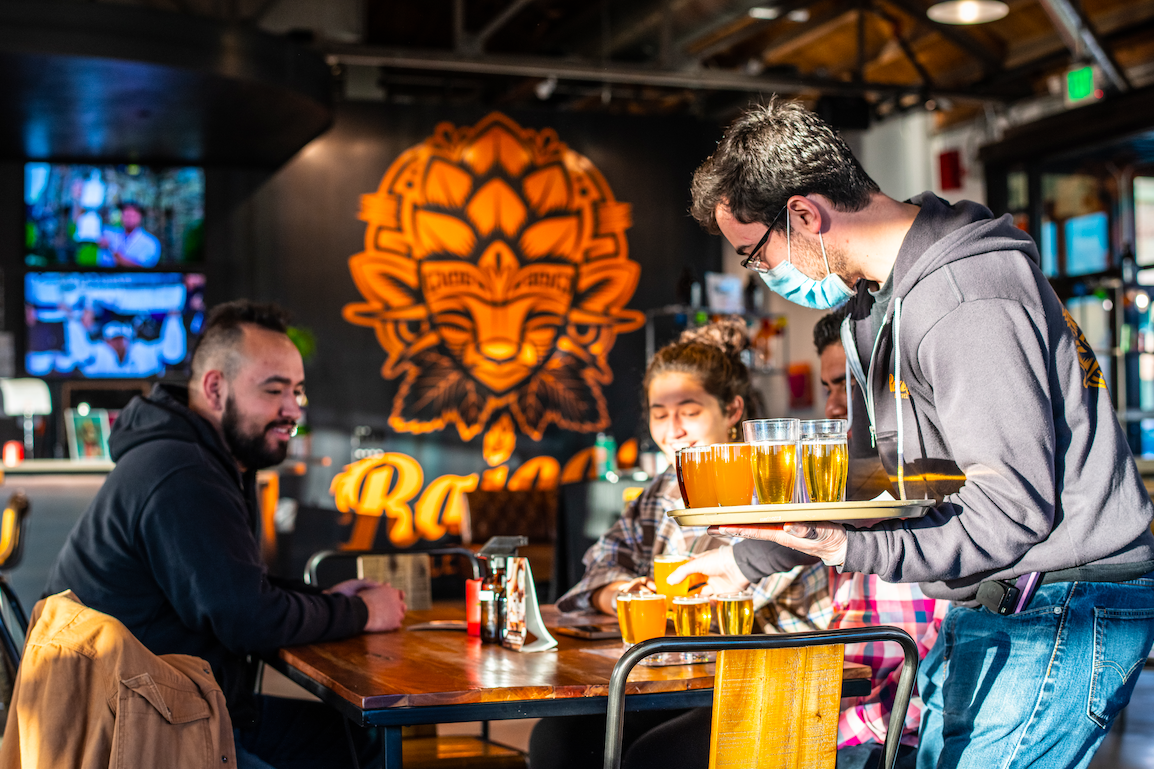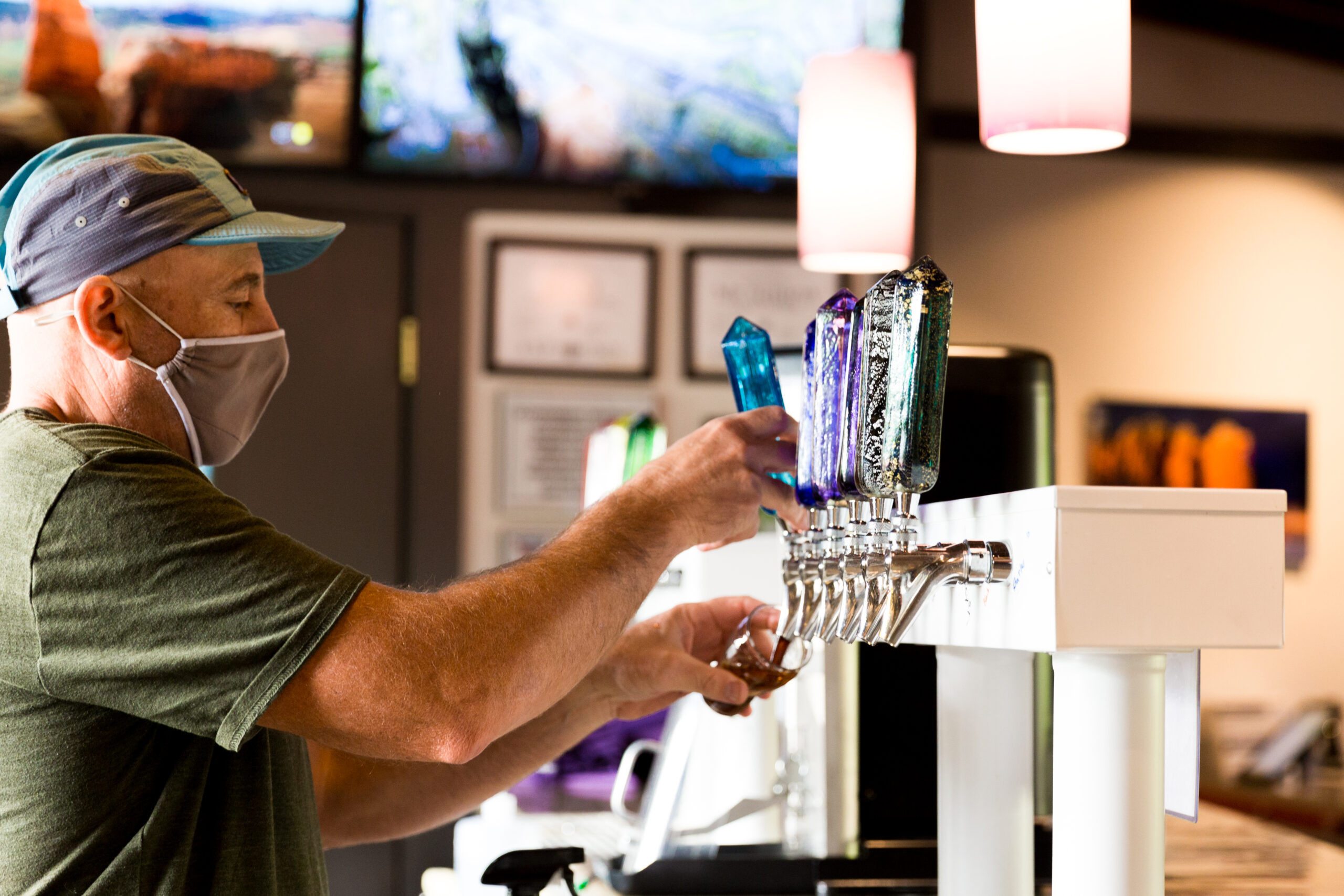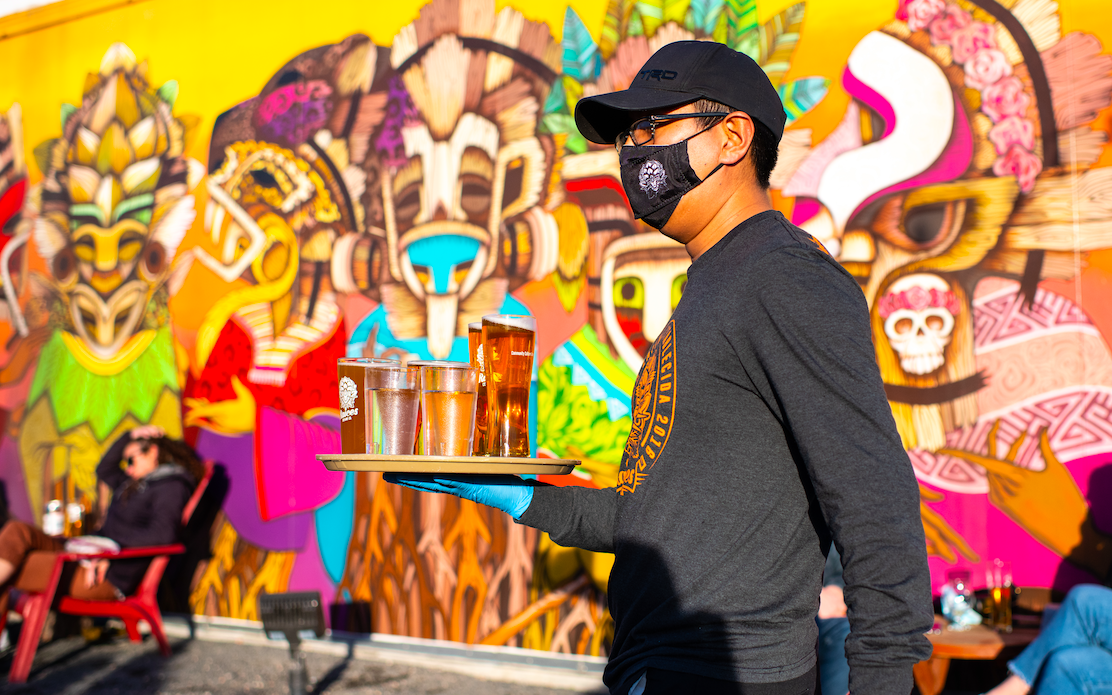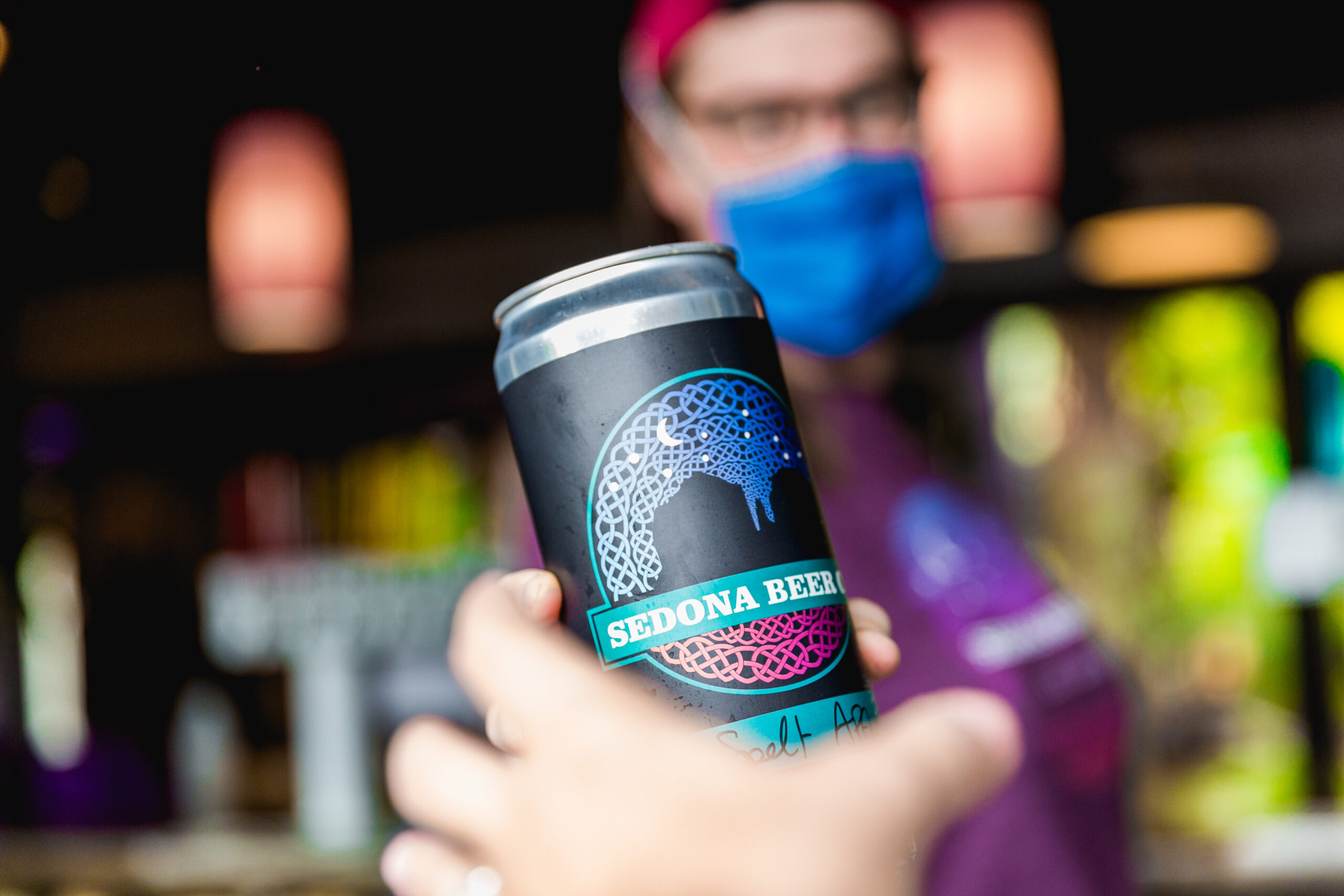Level Up Your Business Ops With These 7 POS Data Insights
From production to the tap wall, back of house to your guests mouth, do you have access to the top POS data insights at any moment?

To truly understand what is effective in your business you need a Point of Sale that tracks data and gives you access to it at any moment. The right POS data will help you save money and allow you to make proactive decisions on staffing, menus, production schedules, events, and overall business operations.
From production to the tap wall, back of house to your guests mouth, does your POS give you the information you need for a smooth running operation?
1. Ounces Poured
What is it? How many ounces were poured, by size, and time.
Why does it matter? Your taproom is your showroom. Track trends in what’s selling to drive production schedules, marketing, and even distribution.
Okay, give me an example. Your POS data shows that in the last week you poured 1,000 tasters and 200 pints of the Hazy. Meanwhile, you poured 1,000 tasters and sold 950 pints of the Gose. Which beer was better received? You’ve got it, the Gose. Increase production on that Gose and start pushing for distribution.

2. Hourly Sales by Product
What is it? Sales by product, by hour of the day.
Why does it matter? Make informed menu decisions and keep food costs down with hourly sales by product. Importantly, this report shows you when the product was ordered, not when the payment was transacted—your happy hour guest may stay ‘til close, and you’ll want to know what they’re ordering and when, not when they paid for it. With reports that show the exact time each product is ordered you can curate timed menus with only the most popular menu items. No more keeping extra ingredients in stock and wasting unused food.
Okay, give me an example. You love the pear flatbread, your Mom loves the pear flatbread, but it turns out your happy hour crowd does not. Strike the pear flatbread and minimize your happy hour menu to just the items that sell again and again. (And save those pears for you and your Mom!)
3. Hourly Total Sales
What is it? Total orders by hour of the day.
Why does it matter? Hourly sales data helps you plan ahead. Track trends over time to know what you’re selling, when you’re selling it. Staff up when you’re typically slammed and build marketing and events to incentivize visitors when you’re typically slow.
Okay, give me an example. You already had a sense, but once you looked at the data, it’s clear: Tues and Weds 2-4pm is slow. Staff smarter—instead of your typical one bartender + two servers setup, cut overhead and schedule one bartender and one floating server. Now what can you do to get guests in seats? Perhaps run a teacher’s special to incentivize afternoon grading parties, and advertise to the local schools.

4. Weekly Sales
What is it? Total sales by day of the week.
Why does it matter? Maybe you’re freshly open (congrats!) and don’t have a ton of historical POS data to access or you’re coming off a pandemic year where each business day was a mystery. Understanding trends each day of the week helps you to make proactive decisions to help boost sales and keep your business relevant.
Okay, give me an example. You’re seeing a trend of low sales on Tuesdays, it’s barely worth it to keep the doors open and one person on staff. What do you do to get guests in seats? That might be the perfect day for trivia! Use your loyalty program to send out offers redeemable only on that day and build hype for your new weekly trivia.
5. Tab Tags
What is it? Tracking return on investment based on customized group tags.
Why does it matter? You have a beautiful, welcoming space that attracts groups of all kinds in search of their go-to meet-up spot—from classic car enthusiasts to knitting clubs. Tag each of their tabs with a descriptive tag so you can measure total sales from the group over time.
Okay, give me an example. This year you decided to sponsor the local softball league’s dues with the guarantee they’ll come in after each game. Tag their tabs every time they come in to see their spend. Those softball players eat and drink a lot! The reports show a return on your investment so be sure to sponsor them again next year.
6. Comps
What is it? Itemized and total discounts taken.
Why does it matter? Find areas of waste in your business and eliminate them to increase your bottom line. Comp reports show trends of different problems that, in the moment, were quickly remedied with a comp or discount. Creating specific comps for typical situations gives you key insight to ways you can optimize your business.
Okay, give me an example. A guest tells you a beer tastes off and wants a different one, there’s a comp for that and it might be time to QA that keg. Bartender poured the wrong drink, there’s a comp for that. Kitchen is swamped and guests complain about the wait, there’s a comp for that.
At the end of the month you see a rising trend of “slow kitchen” comps and start a conversation with your chef on how you can better support their kitchen operations. Turns out an extra hour of food prep would help them a ton, and be less costly than comping meals.
7. Employee Performance
What is it? Total sales by each employee, and by product category.
Why does it matter? Though you’re often on-the-ground with your staff and get first hand experience of what they’re up to, your POS data will highlight your best performers. Use total sales by employee to make informed staffing decisions or know when to create incentives for more engagement. A little friendly competition among staff to encourage upselling will add some fun to the workday.
Okay, give me an example. Pat’s sales are consistently higher because they’re always sending guests home with a 6-pack to-go. You want Pat in your busiest venues on a Friday night. If you want your staff to sell more packaged beer, have Pat share their secrets. Then start rewarding staff with the highest to-go sales with weekly growler bonuses!
What does this mean?
POS data matters. A lot! Starting with these 7 top metrics, you’ll be able to track what is working in your space, iterate, and wow your guests while improving efficiency.

